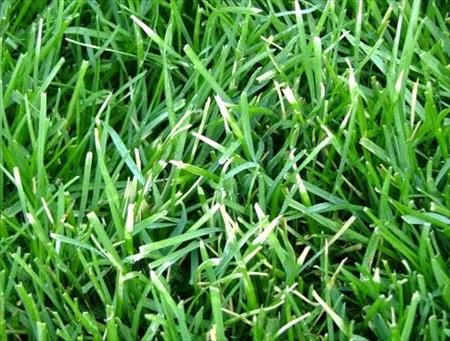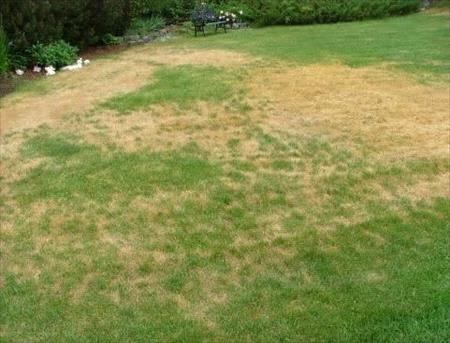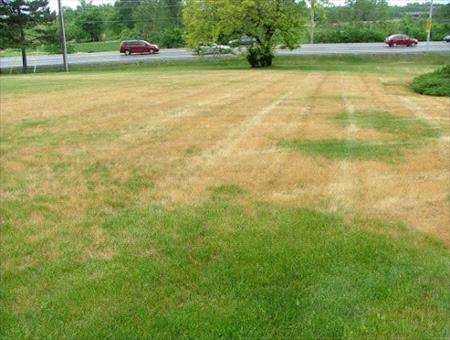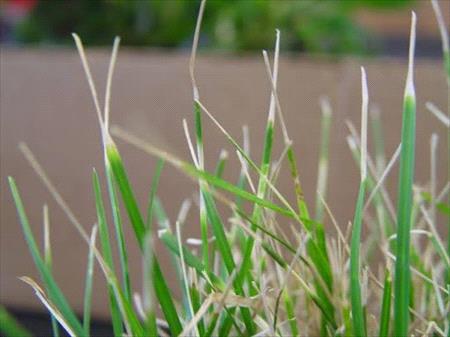Your Cart

LEARN YOUR LAWN: Leaf Blight
Request a Quote
Leaf Blight disease typically affects cool-season turfgrasses, such as Kentucky Bluegrass, Tall Fescue, and Perennial Ryegrass. The symptoms of Leaf Blight include elongated, water-soaked lesions on the leaves, which eventually turn yellow or brown and can even cause the leaves to die. In a heavily infested lawn, the damage appears in circular patches that often form large, bleached areas. Closer inspection of the lawn reveals that individual blades of grass are yellowing from the tips down. Leaf Blight usually enters the grass plants after the lawn is mowed in the evening, followed by excessive watering at night. The disease is caused by fungus and is most common in warm, humid weather conditions. It can be spread by mowing or watering equipment, as well as by foot traffic. Overall, Leaf Blight disease can be a frustrating problem for homeowners, but with proper care and attention, it can be managed effectively. Leaf Blight can be difficult to control, as it thrives in hot and humid weather conditions. In most cases, a change in the weather can help reduce the spread of this disease. You can also adjust your cultural practices to improve the health of the lawn and further limit the spread of the disease. However, depending on the size of the infestation and the scope of the damage, other forms of control may be necessary. A thick, healthy, well-maintained lawn is the best line of defense. Here’s how you can adjust your beneficial cultural practices to reduce the spread of Leaf Blight: Avoid Watering: Under normal circumstances, you should be watering each area of your lawn for 30-45 minutes, twice per week, in the early morning so the turf is dry by nightfall. However, you should avoid watering when the disease is active. Avoid Mowing: You should avoid mowing when the disease is active. If you do have to mow, make sure your mower blade is razor sharp, so that the blade does not fray the tips of the grass, spreading the disease. Maintain a regular mowing schedule throughout the growing season. In general, you should keep your lawn between 2 ½ and 3 ½ inches high, but during the hottest weeks of summer, you may allow the grass to grow as high as 4 inches. Never remove more than ⅓ of the grass blade at each mowing. Fertilize Regularly: Regular applications of Weed Man’s specially formulated, slow-release granular fertilizer will help provide your lawn with adequate nutrients. These applications are timed specifically to avoid over fertilizing the lawn. Core Aeration: Aerating your lawn can improve soil drainage and help reduce the likelihood of lawn diseases. This will also alleviate soil compaction and allow water and nutrients to penetrate deeper into the soil. Your local Weed Man professional may be able to offer other solutions and recommend the best form of treatment that is available to improve the conditions of your lawn.What Is Leaf Blight Disease?
How Can I Control Leaf Blight In My Lawn?
 English (USA)
English (USA) Français (CANADA)
Français (CANADA)



